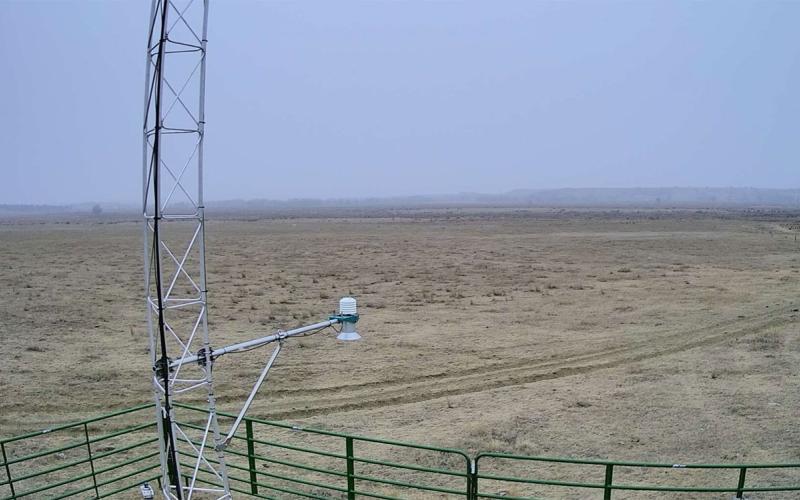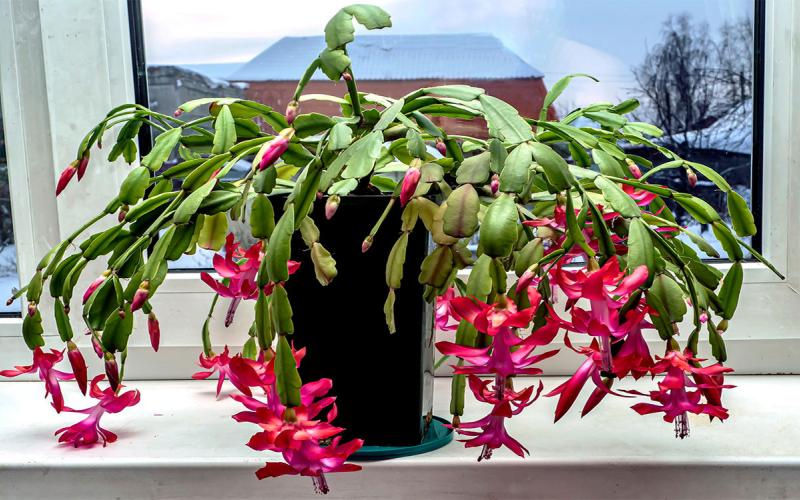
Originally Published: May 8, 2020
Written by Jonathan Kleinjan, former SDSU Extension Agronomist.
Row-crop planting in South Dakota began relatively early in the spring of 2019 and has progressed at a rapid pace. As of May 4th, 38% of corn was planted, well ahead of the five-year average of 18%. Soybean plantings were recorded at 11%, which is also ahead of the five-year average of 3% (USDA-NASS). Early planting may increase yield potential in some years but also puts crops at risk for damage caused by early-season low temperatures. Temperatures are forecast to reach 32°F or lower in large areas of the state for several nights beginning on May 7th. While a relatively low percentage of planted crops are likely to be emerged at this point in time, producers may still want to evaluate individual fields for crop damage. Some locations (especially low-lying areas) will likely actually see lower temperatures than those recorded by the weather stations.
What is the difference between a frost and a freeze? A frost event occurs when the temperature of the soil surface is 32°F or lower while a freeze occurs when the air temperature is 32°F or lower at five feet above ground level. It is important to remember that, if atmospheric conditions are right, it is possible for a frost to occur even when air temperatures are slightly higher than freezing. While a mild frost should cause minimal damage to young crops, a hard freeze (28°F or colder for 2 hours) will most likely be lethal.
The growing point for corn plants remain below the soil surface until the V6 growth stage (the plant is approximately 1’ in height) and is generally considered safe from freezing air temperatures. However, if air temperatures remain below 28°F for more than a few hours, the growing point may be injured or killed regardless, as the lethal cold may penetrate the upper inch of soil. This is more of a concern when soil conditions are dry.
Soybeans are more likely to be damaged by low temperatures due to the fact that the growing point is above ground as soon as the crop emerges. The soybean plant develops axillary buds at each leaf node, including the cotyledons. If any of these buds survive a low temperature event, recovery is possible. However, if the plant is damaged to a point below the cotyledons, seedling death will follow.
Immediately following a frost or freeze, leaves on young corn and soybean plants may initially blacken and then become necrotic (wither and turn brown). This is not the time to make decisions about replanting. The actual extent of damage should be assessed 3-5 days after the event or when a few days of favorable growing conditions have returned. Corn plants that will survive should either have new leaf tissue emerging from the whorl or a growing point that is white/light yellow and firm. The growing point can be observed by splitting the seedling lengthwise and examining the area ½ to ¾” below the soil surface. A decayed and discolored growing point indicates a dead plant. Soybean plants should have new leaf tissue emerging from one or more of the undamaged nodes. Plants that still look dead at this point will probably not recover.
A careful assessment of plant stands should be made prior to making replanting decisions. Good yield potential (~90%) still exists when stands are reduced by 20% for both corn and soybeans. However, stands should be somewhat uniform. When scouting for crop damage in fields with varying topography, keep in mind that frost damage is typically more severe in low-lying areas, as cold air tends to flow into depressions. In other words, some areas of the field may warrant replanting while others do not.
Additional Resources
- Lauer, J. 2002. Corn Replant / Late-Plant Decisions in Wisconsin. Agronomy Advice. University of Wisconsin Extension.
- Licht, M. 2020. Cold temperatures on the way; what will it mean for corn and soybean seedlings?. Iowa State University Extension and Outreach.
- Nielsen, R. 2002. Early Season Frost and Low Temperature Damage to Corn and Soybean. Corny News Network. Purdue University Extension.


